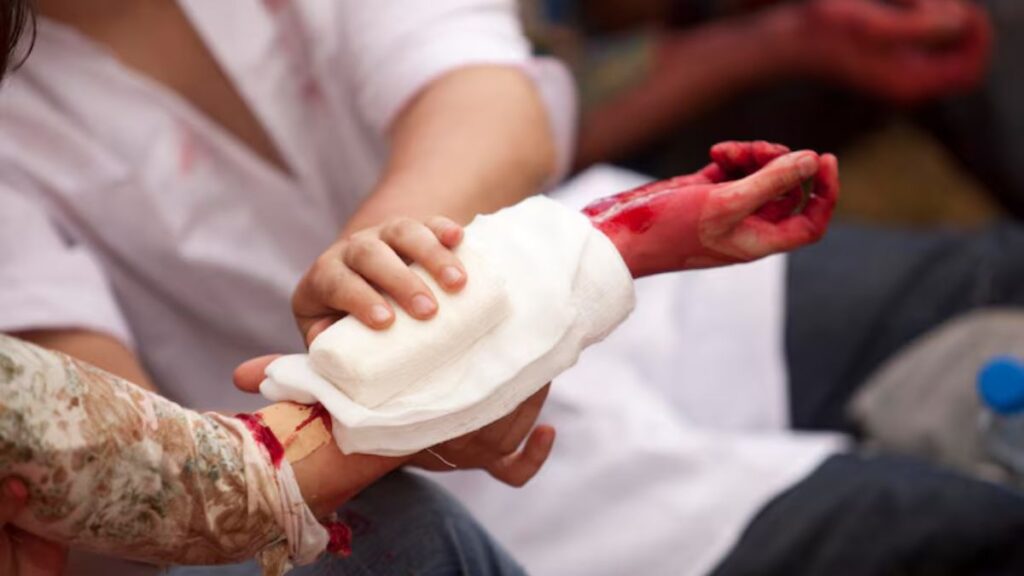As human beings, we never know when a potentially life-threatening situation may arise. It could be a car accident, a workplace injury, or an unexpected medical emergency. In these critical moments, having the knowledge and skills to respond quickly and effectively can make all the difference. This is why emergency bleeding response training is an essential skill that everyone should possess.
In this blog post, we will explore the key essentials of emergency bleeding response training and how learning these skills can save someone’s life. Read on.
Why It Matters
Uncontrolled bleeding is the leading cause of preventable death from trauma. According to the American College of Surgeons, a person with a severe hemorrhage can die in as little as five minutes.
Emergency medical services (EMS) often take longer to arrive, especially in rural areas or during large-scale incidents. In such moments, bystanders trained in bleeding control can bridge the gap between injury and medical intervention.
Key Components of Bleeding Control Training
Emergency bleeding response training teaches participants how to identify life-threatening bleeding and take immediate action. The core techniques include:
Recognizing Life-Threatening Bleeding
Trainees learn to distinguish between minor bleeding and bleeding that requires urgent intervention. Indicators include spurting blood, pooling on the ground, soaking through clothing, or loss of a limb.
Applying Direct Pressure
The first step in bleeding control is to apply firm, direct pressure using hands or a cloth. This helps slow or stop the flow of blood until professional help arrives.
Wound Packing
For deep wounds that can’t be closed with pressure alone, trainees are taught to pack the wound tightly with gauze or clean cloth, pressing firmly to compress the blood vessels.
Tourniquet Use
Tourniquets are effective for severe limb bleeding that cannot be controlled by other means. Participants learn how to properly place and tighten a commercial tourniquet or use improvised methods if necessary.
Calling for Help
In all cases, calling 911 or local emergency services is essential. Trainees are taught how to effectively communicate the nature and severity of the situation.
STOP THE BLEED®: A National Initiative
One of the most recognized bleeding control programs is STOP THE BLEED®, launched by the U.S. government and the American College of Surgeons. This initiative provides accessible training and encourages public locations to install bleeding control kits alongside AEDs (automated external defibrillators), such as on:
- schools
- offices
- stadiums
Who Should Be Trained?
Everyone. Teachers, students, parents, security personnel, first responders, and everyday citizens all benefit from knowing how to stop a bleed. Just as CPR and AED training have become widespread, bleeding control training is fast becoming an essential life skill. Check out MyCPR NOW to learn more about these life-saving skills.
Learn These Saving Skills Today
Emergencies can happen anytime, anywhere. Being prepared to control bleeding can make the difference between life and death. Emergency bleeding response training is not just for professionals—it’s for everyone.
By empowering individuals with the right knowledge and tools, communities become safer and more resilient. A few minutes of training today can save a life tomorrow.







